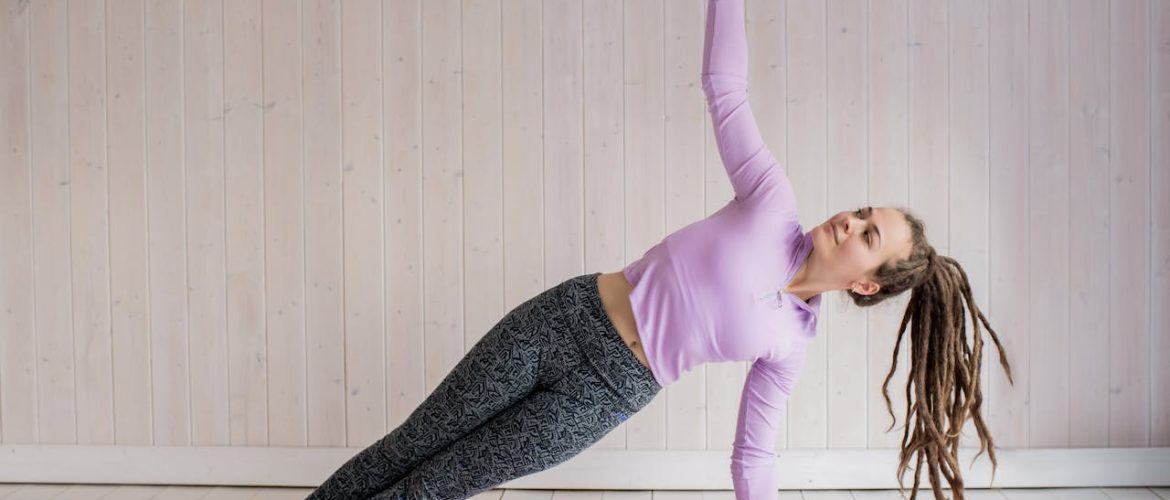Pilates has surged in popularity as a versatile form of exercise that can be practiced almost anywhere, including the comfort of your own home. With its emphasis on core strength, flexibility, and mindful movement, Pilates offers a comprehensive workout that caters to various fitness levels and goals. This article delves into the effectiveness of at-home Pilates, exploring its benefits, challenges, and how it compares to studio sessions.
The Benefits of At-Home Pilates
Accessibility and Convenience
One of the most significant advantages of at-home Pilates is its accessibility. There’s no need to commute to a gym or studio, making it easier to fit workouts into a busy schedule. This convenience can lead to more consistent practice, which is key to reaping Pilates’ benefits.
Cost-Effectiveness
Practicing Pilates at home can be more cost-effective than studio classes. While initial expenses may include purchasing mats or small equipment, such as resistance bands or Pilates balls, these costs are often lower than ongoing studio fees.
Personalized Pace and Focus
At-home Pilates allows individuals to tailor their workout to their specific needs and goals. Whether focusing on rehabilitation, strengthening, or flexibility, individuals can choose exercises that best suit their objectives and progress at their own pace.
Challenges of At-Home Pilates
Lack of Professional Guidance
One of the drawbacks of at-home Pilates is the absence of a trained instructor to provide immediate feedback. This can lead to incorrect form and reduced effectiveness of the exercises, or even injury. However, this challenge can be mitigated by using online resources, such as instructional videos from certified professionals, and being mindful of body alignment and sensations during practice.
Limited Equipment
While many Pilates exercises require minimal equipment, some advanced moves involve specialized machines like the Reformer, Cadillac, or Chair, which may not be available at home. This limitation can restrict the variety of exercises one can perform, potentially impacting the workout’s comprehensiveness and effectiveness.
Motivation and Discipline
Maintaining motivation and discipline can be challenging without the structure of scheduled classes and the presence of an instructor or peers. Setting regular workout times, creating a dedicated workout space, and using online classes or community forums can help sustain motivation and accountability.
Comparing At-Home and Studio Pilates
Effectiveness
Both at-home and studio Pilates can be highly effective if practiced regularly and with proper form. The key difference lies in the level of personalized instruction and the variety of equipment available. Studio classes offer the advantage of professional guidance and access to specialized equipment, enhancing the workout’s effectiveness and variety. However, at-home Pilates provides the flexibility to focus on personal goals and the convenience of practicing anytime, which can lead to more consistent engagement.
Adaptability
At-home Pilates offers greater adaptability to fit individual schedules, preferences, and fitness levels. With the wealth of online resources available, individuals can find programs that match their specific needs, making Pilates accessible to a broader audience.
Conclusion
At-home Pilates presents a viable and effective option for individuals looking to enhance their fitness routine. Its benefits, including accessibility, cost-effectiveness, and the ability to personalize workouts, make it an attractive choice. While challenges such as the lack of professional guidance and limited equipment exist, they can be addressed through mindful practice and leveraging online resources. Ultimately, the effectiveness of at-home Pilates depends on the individual’s commitment, discipline, and proper execution of exercises. Whether practiced at home or in a studio, Pilates offers a holistic approach to fitness that strengthens the body, improves flexibility, and promotes mental well-being.

